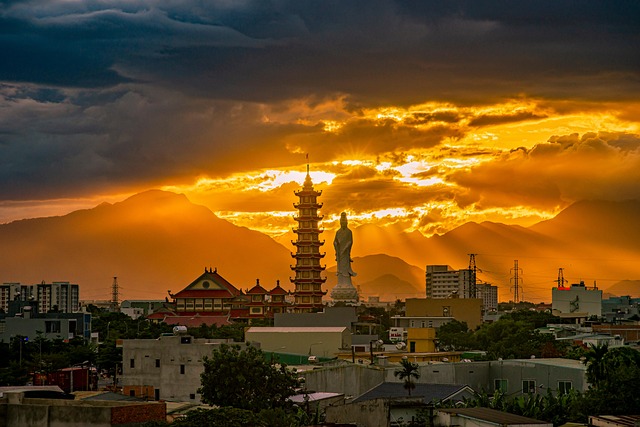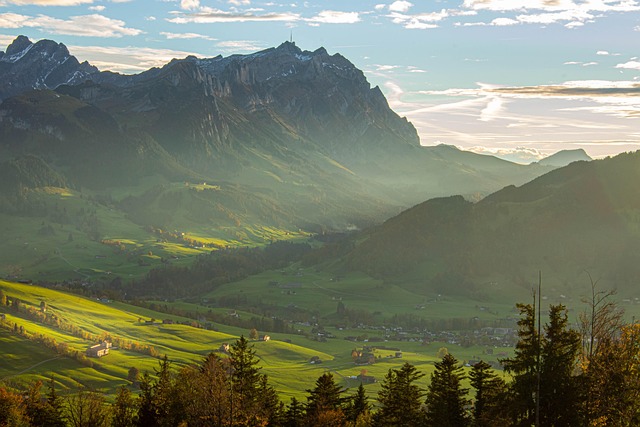The safeguarding of religious celebrations is a complex interplay of history, community, and law. Across cultures, festivals are more than mere dates on a calendar; they are living expressions of faith that bind individuals together. When these observances face threats—from secular encroachment, environmental change, or political conflict—protection becomes a collective responsibility. The concept of protection here extends beyond physical security; it includes cultural preservation, spiritual integrity, and the right to gather in faith.
Historical Roots of Religious Safeguarding
Throughout centuries, societies have recognized the need to protect their sacred gatherings. In medieval Europe, monasteries built fortified walls not only for defense but to preserve liturgical rituals. In India, the Mughal era saw the construction of protective forts around Gurudwaras and temples. These examples demonstrate that the desire to protect religious festivities has always been intertwined with the political and social climate.
- Fortified monasteries in the Alps.
- Protective walls around the Al-Aqsa Mosque.
- Community-driven safety plans during pilgrimage seasons.
The Role of Law in Protecting Faith-Based Celebrations
Legal frameworks play a pivotal role in guaranteeing protection for religious observances. Constitutional guarantees, anti-discrimination statutes, and international human rights instruments collectively ensure that faith communities can celebrate without fear of persecution. In many democracies, the right to religious freedom is protected by law, providing a foundation for safeguarding festivals and sacred spaces.
“Freedom of religion is a fundamental human right that includes the right to gather and celebrate in public.” – International Covenant on Civil and Political Rights
Community Initiatives for Cultural Protection
When governments enact protective measures, the community’s grassroots actions amplify effectiveness. Local volunteers organize safe routes for processions, coordinate crowd control during peak times, and create emergency response teams. These initiatives demonstrate that protection is not solely an institutional task; it is a shared mission among congregants, civic leaders, and civil society.
Environmental Challenges and Festival Preservation
Climate change poses new threats to many religious celebrations. Flooding can damage sacred sites; heatwaves disrupt outdoor processions; and rising sea levels endanger coastal pilgrimage destinations. Communities are responding with adaptive measures such as relocating gatherings, investing in flood defenses, and integrating sustainable practices into the celebration rituals. The protection of traditions, therefore, now includes environmental stewardship.
- Elevated platforms for shrine altars.
- Eco-friendly decorations made from recycled materials.
- Water management plans for monsoon festivals.
Technology as a Tool for Protection
Modern technology offers new avenues to protect religious festivities. Real-time monitoring of crowds, digital maps of safe zones, and emergency alert systems help reduce risks during large gatherings. Additionally, virtual platforms allow communities to participate remotely when travel or safety is compromised. These innovations reinforce the protective framework, ensuring that faith practices remain accessible under diverse circumstances.
Balancing Security and Spiritual Freedom
While security is paramount, excessive regulation can stifle the spontaneous joy that characterizes many religious festivals. Protective strategies must strike a balance: providing safety without imposing undue restrictions. Open dialogue between security agencies, religious leaders, and community members is essential to develop policies that respect both security needs and spiritual authenticity.
Global Perspectives on Protecting Religious Observances
Different regions face distinct challenges. In Latin America, indigenous communities fight to preserve their ritual festivals against corporate land grabs. In the Middle East, minority sects work to secure the right to conduct their pilgrimages amid regional instability. These varied contexts illustrate that protection is universal yet uniquely tailored to local realities.
International Cooperation and Mutual Learning
Cross-border collaboration enhances protective measures. International religious councils share best practices, host workshops on crowd management, and advocate for policy reforms that safeguard festivals worldwide. By learning from each other’s successes and setbacks, faith communities can strengthen their collective resilience.
The Spiritual Dimension of Protection
Beyond physical safety, protection also means preserving the intangible essence of religious celebrations. The meanings, stories, and emotions carried through rituals are as vital as the venues. Programs that document oral histories, support local artisans, and nurture intergenerational transmission are crucial to maintaining the soul of each festival.
Education and Interfaith Dialogue as Protective Measures
Education fosters understanding, while interfaith dialogue reduces suspicion. When people learn about the significance of a festival, they are more likely to respect and protect it. Schools, community centers, and religious institutions can collaborate to create curricula that highlight the importance of religious festivals, thereby cultivating a culture of respect and protection.




